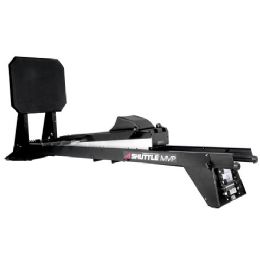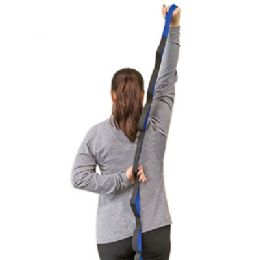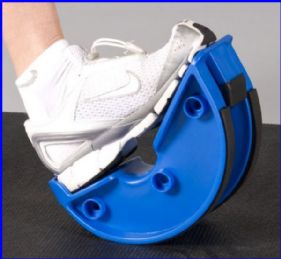



















What is Physical Therapy?
Physical therapy is treatment to help improve mobility, such as going up stairs, walking, or getting in and out of bed. It is also utilized to help relieve pain and to restore physical function and overall fitness. To work towards these goals, exercises, manual therapy, education, and modalities such as cold, heat, and electrical stimulation can be used. Physical therapy may include work on flexibility, endurance, strength, coordination, and balance, depending on the injury, disease or condition. Treatment may focus on treating or preventing problems that affect the musculoskeletal system, neuromuscular system, cardiovascular system, pulmonary system, the skin, or any combination of two or more of these.
Sometimes, physical therapy is used to help the individual compensate for the loss of use and other times it is used to address the injury itself. For example, strength training may be used to make life on a walker or in a wheelchair more bearable. Other types of therapy can help improve range of motion or realignment of the affected area. Those with a prosthesis may need to learn how to use the non-dominant hand or develop a new walking style. Individuals may also be encouraged to exercise the injured areas while wearing the supportive device to duplicate the conditions faced at home or work during a typical day.
What is Orthopedic Physical Therapy?
Orthopedic therapy involves physical rehabilitation for those suffering from a chronic condition or an acute injury affecting the tendons, joints and ligaments of the musculoskeletal system. This may include focusing on areas of the spine or back, the neck, feet and ankles. Many injuries that require orthopedic physical therapy are job related, such as repetitive motion injuries or back injuries from improper lifting techniques.
Orthopedic physical therapy may include strengthening the ligaments of a specific muscle group or strengthening the injured or torn tendons. Stretching exercises are a typical part of this type of therapy, along with various other methods. A therapist can work with the individual by showing exercise techniques to improve strength and endurance that may include resistance training and isometrics.
What is Musculoskeletal Therapy?
Musculoskeletal therapy works with the connection between the joints, muscles, the skeleton, and how these body parts work together to keep a person feeling well and healthy. The idea is that when one of these components is damaged by tension, overuse, inflexibility, toxicity, or immune deficiency, the entire musculoskeletal system suffers and a person can develop an overall sickness. Healing of the damaged area can bring a sense of well-being and health to the whole system.
There are several steps involved with this therapy. First, a musculoskeletal therapist evaluates the individual to assess posture, pain, flexibility, and health history. Second, a treatment plan is developed to include the best techniques to manually manipulate the tense or damaged joints and muscles. Third, the therapist will develop an at-home regimen of stretching and exercises to increase strength and flexibility.
This form of therapy can help with disorders such as multiple sclerosis, arthritis and osteoporosis. It can also relieve injuries caused by sports, repetitive motion or overuse of the joints and muscles. Other areas that can be addressed are tension and stress related problems, such as shoulder, neck, and back pain and tightness, as well as headaches or migraines. It is also believed to relieve problems with the immune system and toxicity of the body.
What is a CPM Machine?
A continuous passive motion machine (CPM) is a device designed to gently flex and extend a joint, such as a knee, to be used after surgery to keep the joint from becoming stiff. It is the first phase of rehabilitation. The limb is strapped to the CPM machine and cycled through a safe range of motion at a controlled speed. After surgery, individuals are likely to experience pain when trying to actively flex the affected joint. The use of a CPM machine does not require active flexing of the muscles and moving of the limb. Instead, it does all of the work, often sparing the individual from experiencing considerable pain.
Constant or frequent motion of the joint after surgery helps it to heal more quickly and retain a greater range of motion. As a joint heals, scar tissue forms, and without enough movement the scar tissue can attach to adjacent tissue which can restrict the joint’s range of motion. The motion also helps move the joint’s synovial fluid to allow for better diffusion of nutrients into damaged cartilage, and diffusion of other materials out, such as blood and metabolic waste products. Portability is another advantage of the CPM machine. It can be used in a hospital, but can also be set up in an individual’s home after being discharged from the hospital. This can allow greater access to therapy by having the machine at home while the limb heals.
Rehabmart is pleased to offer a wide assortment of innovative exercise therapy tools from top quality vendors, such as North Coast, Fabrication Enterprises, Bailey Manufacturing Company, Health Mark Inc., Graham Field, J/Fit, Therapy Trainer, Hausmann Industries, Ideal Products, Sammons Preston, and others.
Hulet Smith, OT
Rehabmart Co-Founder & CEO
lb